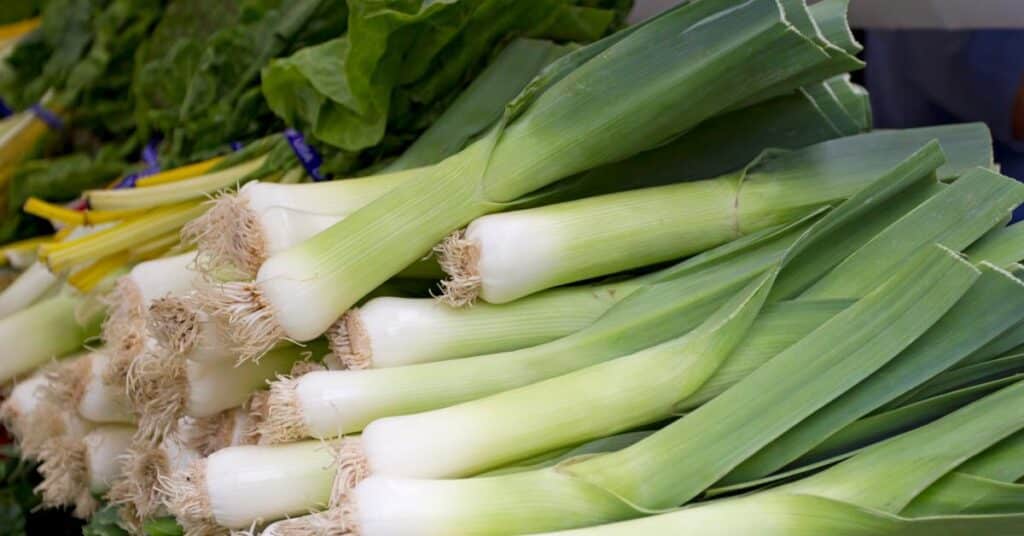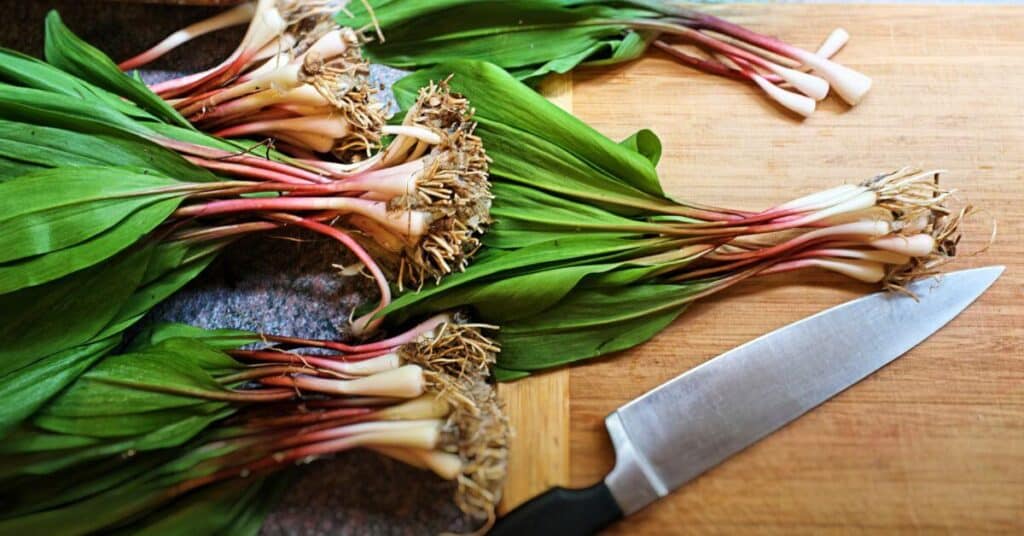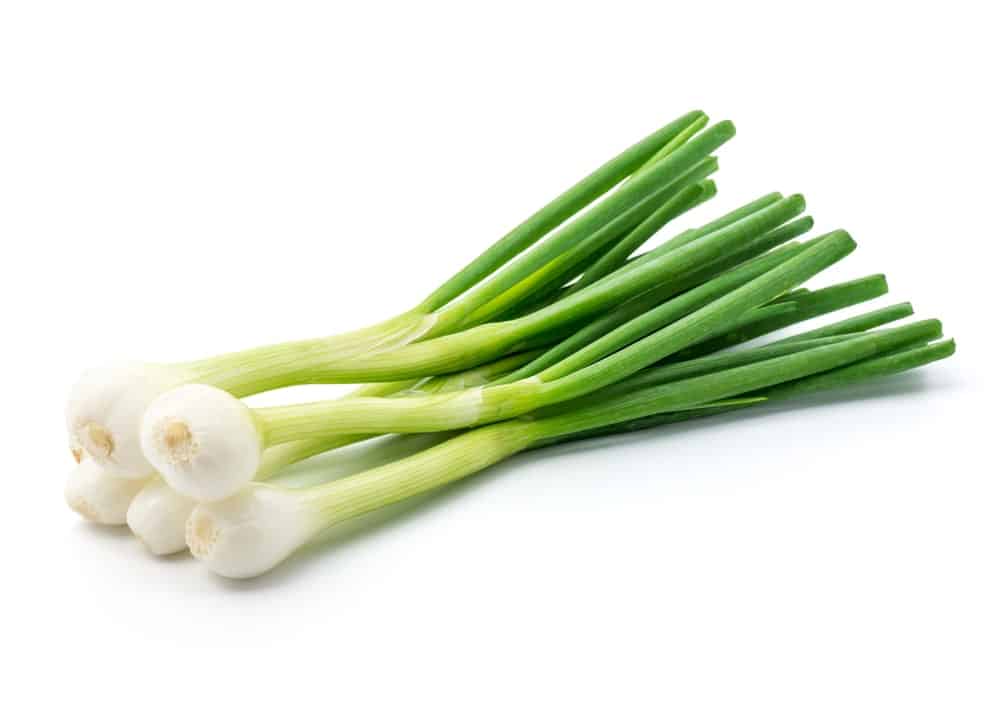
When you’re preparing a delicious meal, sometimes you might find yourself short on leeks. Don’t worry! You can still create a fantastic dish with some simple substitutions. By choosing the right alternative, you can maintain the delicate and subtle flavors that leeks provide, even when you don’t have them on hand. Keep reading to learn how to substitute for leeks in any recipe.
What are Leeks?
Leeks belong to the same family as onions, garlic, and shallots. Cooked leeks have a subtle sweetness and a much milder flavor than their cousin, the onion.
When it comes to texture, leeks have a tender and slightly crunchy feel when cooked properly. While the green portion of the leek can be quite fibrous and tough, the white and light green parts are more tender, making them the ideal choice for most recipes. To ensure the best outcome, it’s important to thoroughly clean leeks and remove any dirt or sand trapped between their layers before cooking.
There are various leek substitutes that can help you maintain the desired flavor profile in your cooking. Some popular options include shallots, spring onions, sweet onions, or white onions. Just remember to adjust the quantity and cooking times as needed since some substitutes may possess a stronger flavor.
Best Substitute for Leeks

Many of these alternatives are closely related to leeks and will provide similar flavors and textures in your cooking. Here are some of the best choices for replacing leeks in your recipes:
- Shallots make an excellent substitute because their flavor is delicate and similar to leeks. They are great for soups, sautés, and risottos while providing a slightly sweet and mild onion taste.
- Scallions have a milder taste than regular onions. They can work well as a leek substitute, especially when using just the white and light green parts.
- White onions have a milder flavor than yellow onions and can work as a decent replacement.
- Ramps, sometimes called wild ramps, are a seasonal option with a unique flavor that resembles a combination of garlic and onion.
- Green garlic and regular garlic might be unconventional substitutes but can still deliver a delightful flavor when used sparingly. Green garlic, in particular, has a milder taste and can add a similar touch of flavor as leeks would in your dishes.
Combine Leek Substitutes for Better Results

When you’re searching for a leek substitute, it’s helpful to consider combining multiple alternatives to achieve a well-rounded flavor. The following combinations work splendidly in various recipes, giving you the best possible result.
- Try using mild sweet onions and chives together for a balanced taste. Sweet onions provide the base flavor, while chives add the mild, green onion-like taste that leeks are known for. This combination works well in soups and stews where leeks are typically used.
- Another great pairing is bulb onions and celery. Bulb onions have a strong, assertive flavor, which is tempered by the mild, earthy taste of celery. This duo works exceptionally well in dishes with a robust taste profile, like hearty casseroles and stir-fries.
- In recipes where you need a subtle leek-like flavor, consider using red onions and wild garlic. Red onions have a milder taste compared to other onions, and wild garlic brings a delicate, garlicky undertone. This combination can be found in recipes that highlight the unique flavor of leeks, such as quiches and salads.
- Finally, if simplicity is key, try using scallions (green onions) on their own as a versatile leek alternative. Scallions have a milder flavor than leeks, yet they still provide a pleasing onion taste.
Frequently Asked Questions
What part of the leek do you eat?
You can eat both the white and light green parts of the leek, as they have a mild, onion-like flavor. The darker green leaves on the top should be discarded, though, as they can be tough and fibrous. To prepare a leek, start by slicing off the root end, then remove the dark green leaves. Slice or chop the remaining white and light green sections according to your recipe’s requirements.
How to store leek
You can store whole leeks in the refrigerator for up to two weeks. Place them in a loosely sealed plastic bag or wrap them in a damp paper towel for best results. Make sure not to wash your leeks prior to storage, as moisture can cause them to spoil more quickly. If you have already chopped your leeks, store them in an airtight container or resealable plastic bag for up to a week.
How to freeze leek
To freeze leeks, start by washing them thoroughly and cutting off the dark green leaves. Slice or chop the white and light green parts before blanching them in boiling water for 2-3 minutes. Drain and rinse under cold water to stop the cooking process. Once the leeks have cooled, pat them dry with a paper towel and transfer them to a resealable plastic bag or airtight container. Label the container with the date and store it in the freezer for up to three months.
How to wash a leek
Leeks can be quite sandy, so washing them properly is important. Begin by trimming off the root end and dark green leaves. Next, slice the leek in half lengthwise, but don’t cut all the way through, so the two halves remain connected at the base. Hold the leek under cold running water, gently fanning out the layers to rinse away any sand or dirt trapped between them. If your recipe calls for chopped leeks, you can also soak the slices in a bowl of cold water, then lift them out, leaving the dirt and sand behind.

